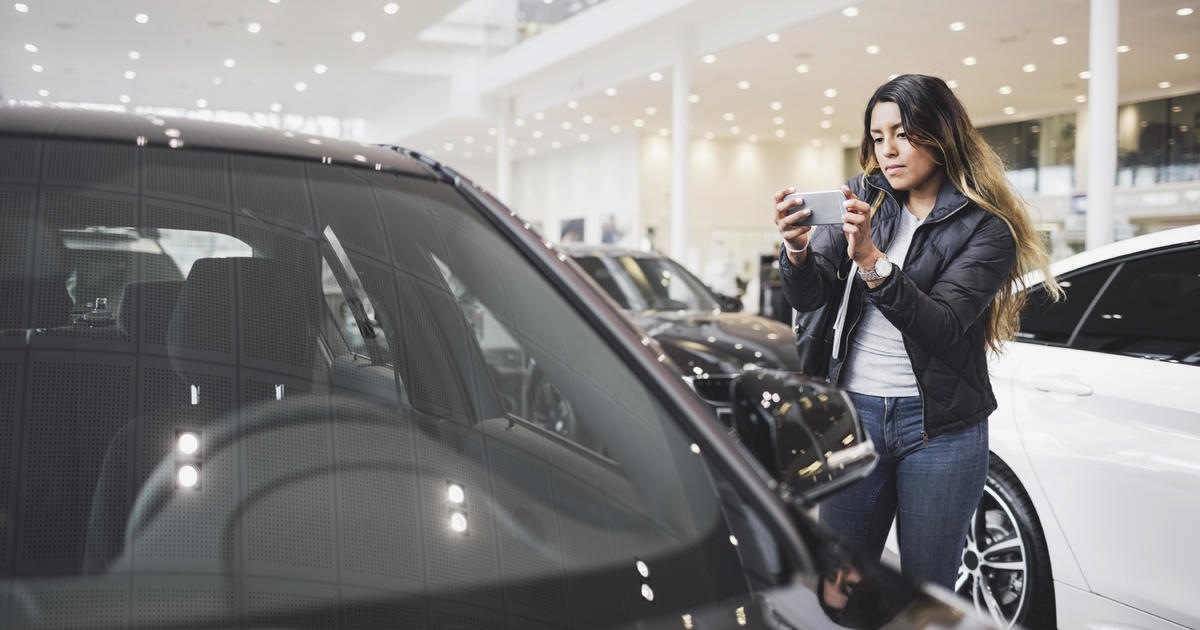Car buyers have more tools than ever to get the right vehicle at the right price. Still, mistakes can happen quite easily. Often, car buyers get blinded by emotion or rushed timing. Edmunds’ experts reveal the five biggest mistakes car shoppers often make and offer tips to avoid them.
1. Being upside down on a trade-in vehicle
Being upside down on a trade-in vehicle is occurring with increasing frequency. According to a recent Edmunds report, nearly one in four consumers who financed a new vehicle purchase with a trade-in during the second quarter of 2024 were underwater on their prior car loan.
“Upside down,” “underwater” and “negative equity” are interchangeable terms for a bad situation: All three mean that the car owner owes more on the loan than the vehicle is worth. Not only has the number of upside-down trade-ins grown since 2022, but so has the amount owed on those loans.
If, for example, you are $5,000 upside down on your current vehicle and decide to trade in this car and buy a new one, you will have to pay the price of the new car plus the $5,000 you owe on the current car. Your monthly payments will be much higher because you’re rolling over what you owe on your old car to the loan on your new one.
Tip: The best financial solution is to keep your current car longer and continue paying off its loan. Waiting might be challenging — you want that new car, we get it — but if you can at least ensure your trade-in value equals your loan amount, you won’t have to pay extra for the new vehicle purchase.
2. Rushing to buy without any prior research
There can be legitimate reasons to expedite a vehicle purchase. Perhaps your vehicle was totaled in an accident, or maybe it broke down and it’s not worth paying to fix. Either way, you’ll need a new car right away. But many shoppers don’t think about doing valuable research beforehand.
Tip: There will be new and unfamiliar automotive features and technologies worth knowing about, especially if it’s been a while since you bought a new car. If you take your time, you’ll also be able to get several quotes before you commit to a deal and have time for a vehicle inspection if it’s a used car.
3. Not giving yourself the necessary time to get quotes from multiple dealers
Many people will walk into a dealership and make a purchase decision without looking elsewhere. This mistake is often made by shoppers rushing to find a new vehicle. Even if you need to replace your car quickly, it’s often better to find alternative transportation while you research a new vehicle purchase.
Tip: Renting a car for a few days might cost a few hundred dollars, but that’s better than picking the wrong vehicle or getting suckered into a bad deal. Dealers are in the habit of competing with one another, so be sure they’re doing so to your advantage. Be transparent about your shopping, and share quotes with dealers so they know you’re serious.
4. Not having a price-negotiation strategy
Some shoppers will be overwhelmed by a salesperson throwing around lots of numbers, including the asking price, trade-in value for your car, cash down and monthly payment. Though there are fewer dealers practicing confusion tactics than there used to be, it’s good to be prepared to combat them should they arise.
Be sure you give yourself time to make wise choices when you need a car quickly. Most price research can be done online or on your phone without leaving home.
Tip: Do your research to determine the market value of the vehicle you want to buy before you begin to negotiate. This figure will serve as the backbone of your strategy and give you a reference point. From here, it’s best to keep it simple and focus on two numbers: the out-the-door price of the car — that’s the sales price plus fees like tax and license — and your trade-in value.
5. Buying too many add-ons
Also watch out for potential add-ons that the dealership might use to boost its profit. These include anti-theft devices, additional warranties, paint and fabric protection, floor mats, wheel locks and more.
Tip: You can likely negotiate the price of the add-ons but it might distract you from your primary goal of getting the best deal on the vehicle itself. Purchasing a car without add-ons is the best way to avoid the situation.
Taking a little more time to consider all the options and think carefully about the terms of a car deal may save you thousands. It’s time — and money — well spent.
____
This story was provided to The Associated Press by the automotive website Edmunds.
Josh Jacquot is a contributor at Edmunds.

